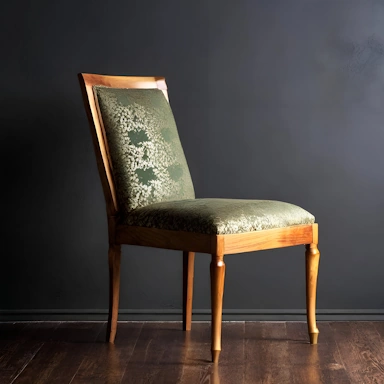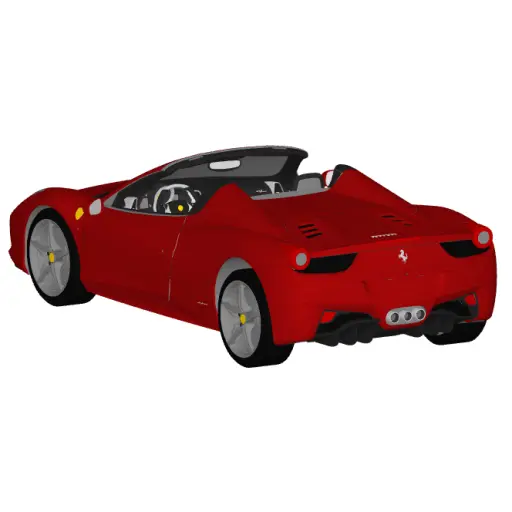A Comparison of OBJ and DAE File Formats
Both DAE and OBJ files contain 3D model data, but how they structure the data and the capabilities of both formats vary quite a lot. So here we will go through both file formats, compare their features and limitations, and finally look at how to choose the most appropriate format for a particular task.
Structure
DAE files store the 3D data in a structured XML text file format, making it relatively easy to extend the capabilities of the format without breaking compatibility with existing software. The structured nature of the format allows for efficient storage of data and re-use of data within the file.
For example, you may have a 3D scene that contains two identical trees. With the DAE format, you only need to store the 3D geometry for one of the trees. The geometry, which is the thousands of triangles that make up the tree, is stored once. The second tree can be stored using a "reference" to the first tree and a transform to adjust the position of the second tree within the 3D scene without duplicating the triangles.
By comparison, the OBJ format is a simple plain text list of 3D elements, whether that be vertices, normals, texture coordinates, or faces. All 3D geometry is represented as a series of consecutive 3D elements. Data cannot be re-used within an OBJ file, leading to large file sizes when storing similar objects repeated in 3D space.
Supported Material
Material definitions are stored within the DAE file, with these materials being used to determine the color and appearance of the 3D geometry when rendered. While OBJ files support materials, the material data is not stored within the OBJ file itself; it is instead stored in a separate MTL (material) file, which is often supplied with the OBJ file.
Both DAE and OBJ files support textures, and these are stored as separate image files that are referenced within the DAE or MTL files.
A 3D chair stored as an OBJ file
A textured trooper model in the DAE format
A soldier model was saved as an OBJ file with textures
Editing
Both DAE and OBJ 3D formats enjoy widespread support amongst 3D editing applications, and it is common to find both import and export options available for both formats. Due to the OBJ format being a much older format, it may have an edge when it comes to which one has the most support.
While they offer similar 3D model capabilities, the DAE format crucially has support for animations, which the OBJ format lacks, which may affect the choice of format used.
File Size
As both formats store their 3D data within a plain text file format, they are both likely to become very large when storing large or complex 3D models. Due to the simple single-line storage of the 3D elements, the OBJ format has the advantage of slightly smaller file sizes when the 3D model does not contain repeating geometry.
Summary
In conclusion, both DAE and OBJ formats are capable of storing complex 3D models along with their materials and textures. The DAE format has the advantage of being able to store animations if you intend to create 3D animated models. The OBJ format may be preferable if your 3D editing software has yet to support the DAE format.








